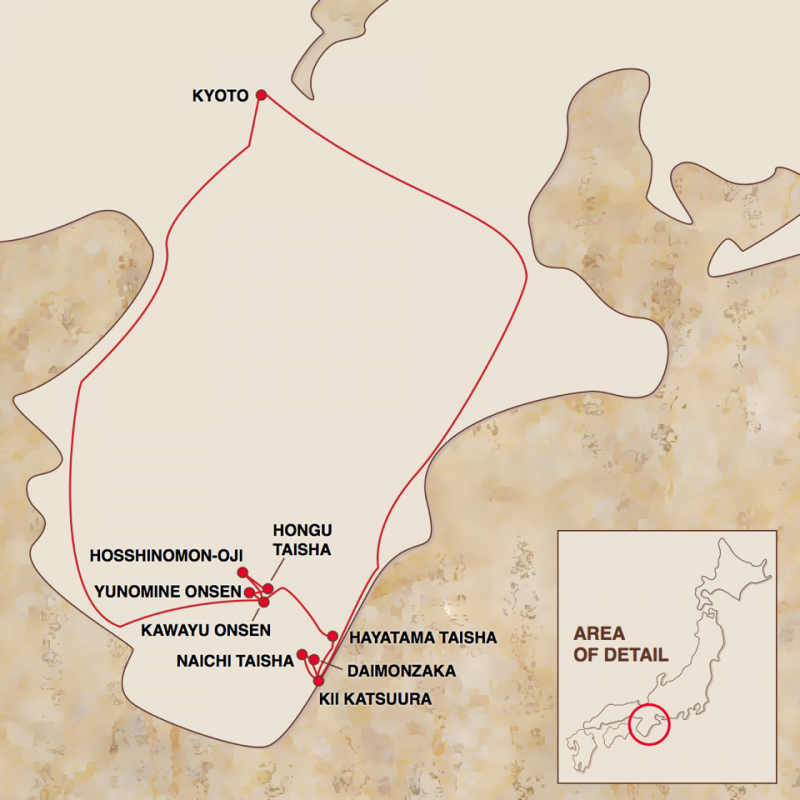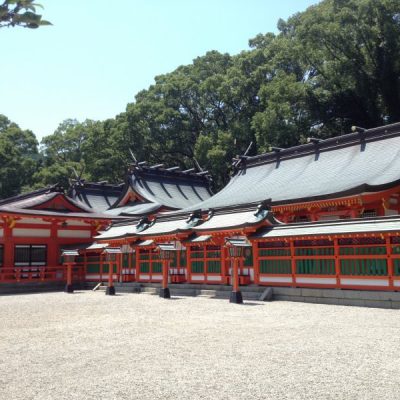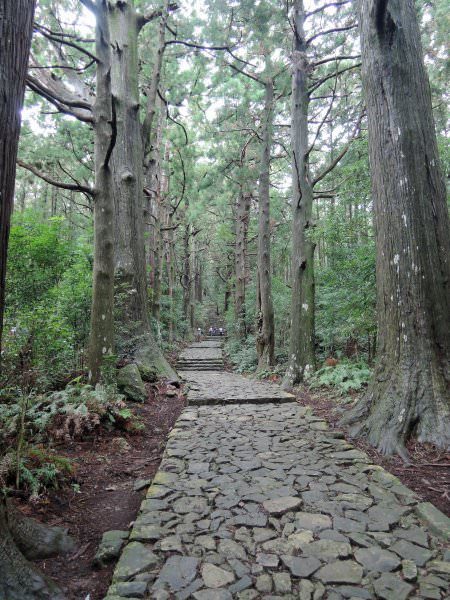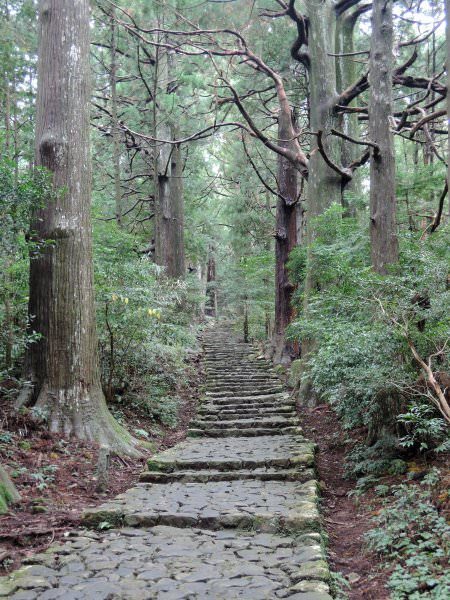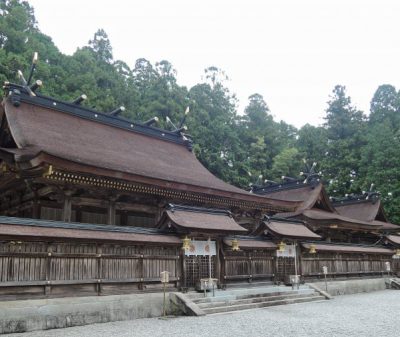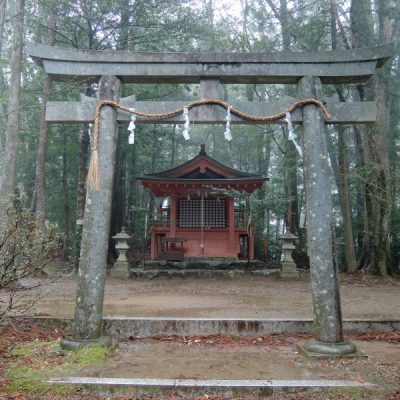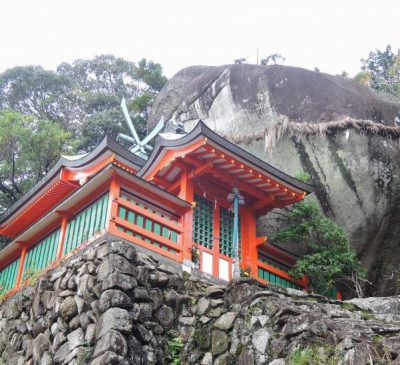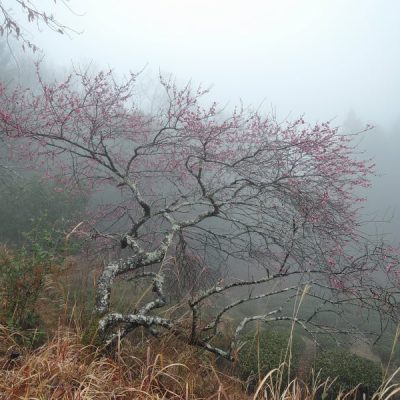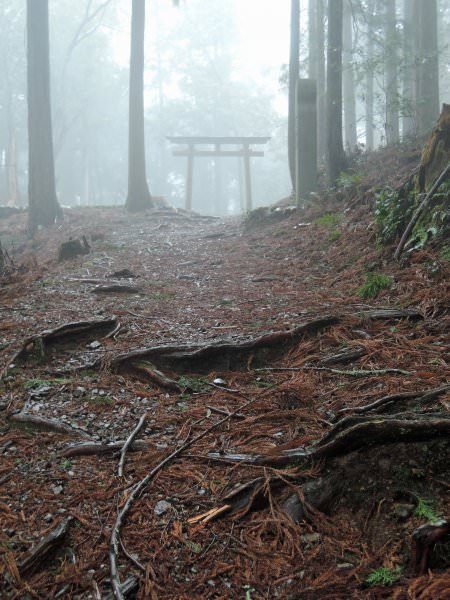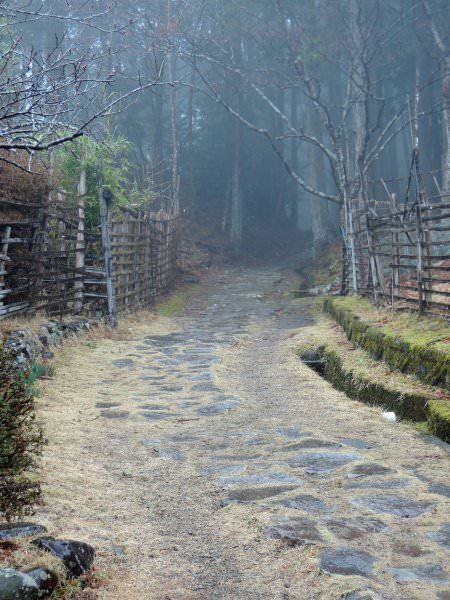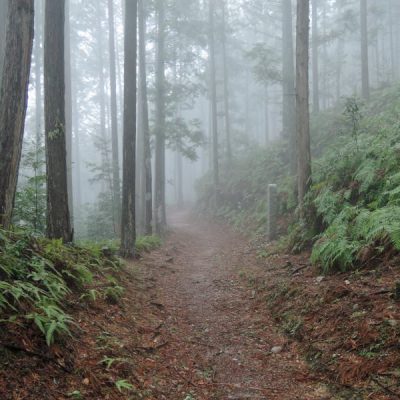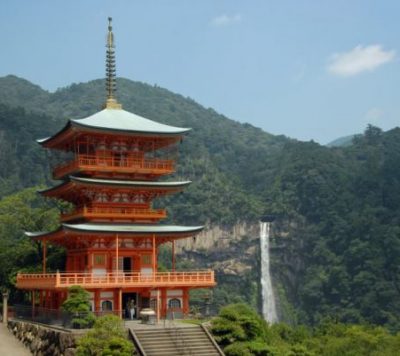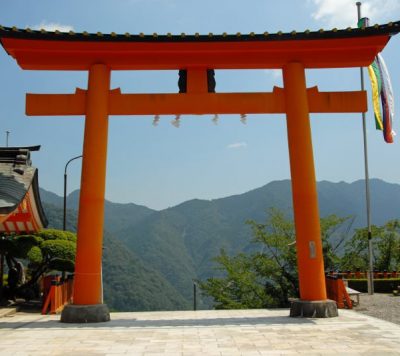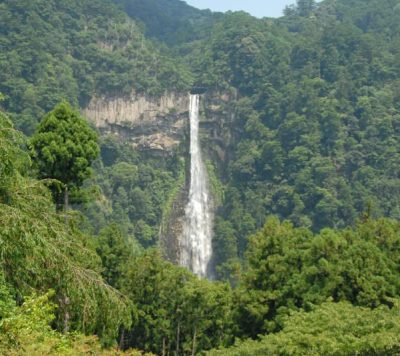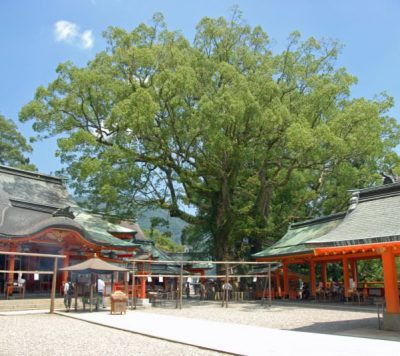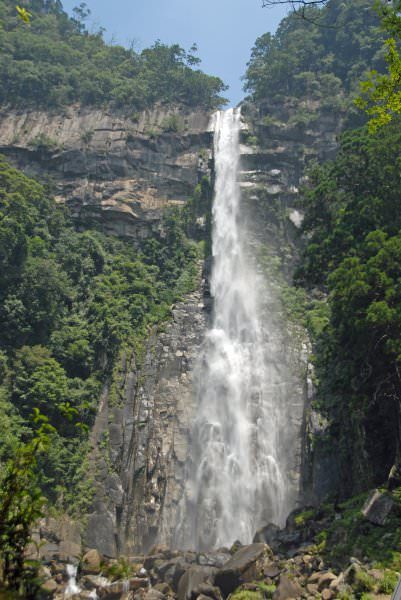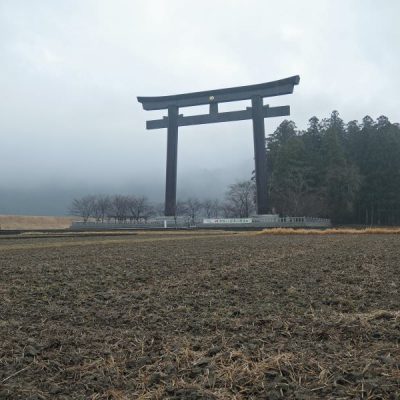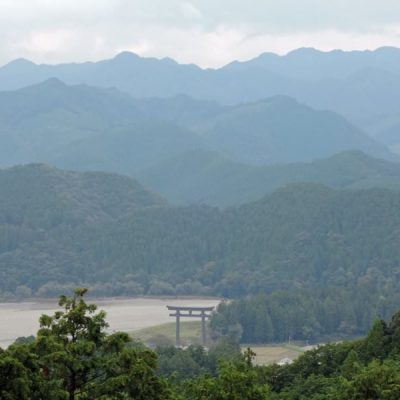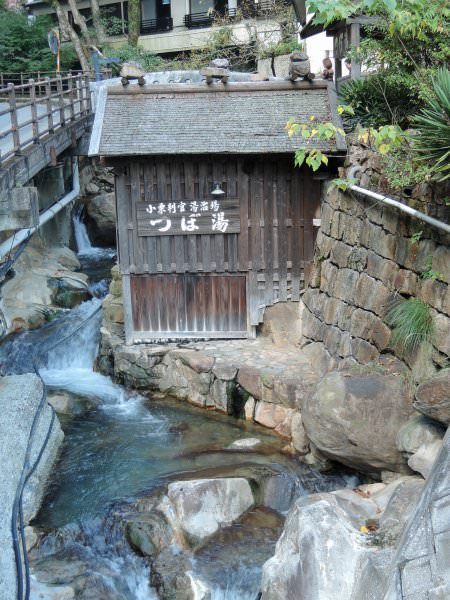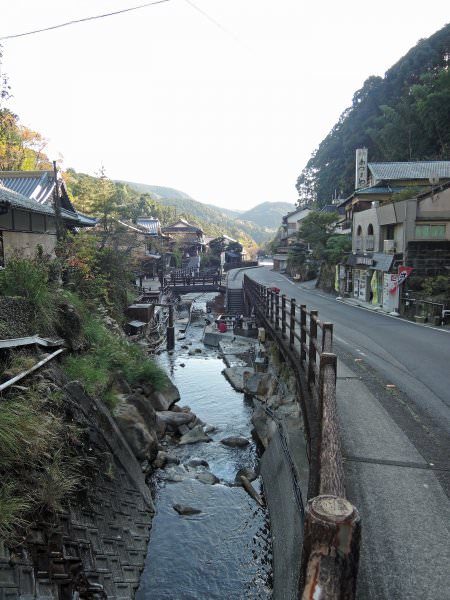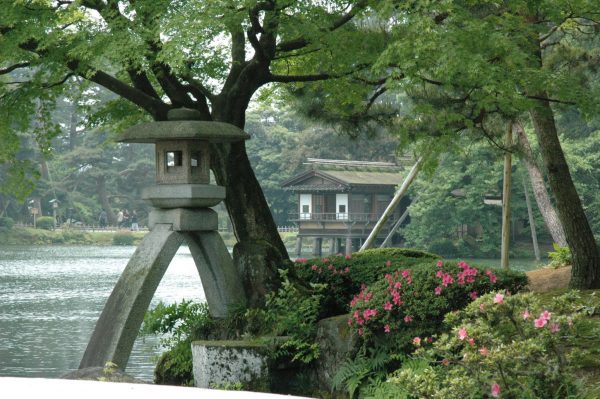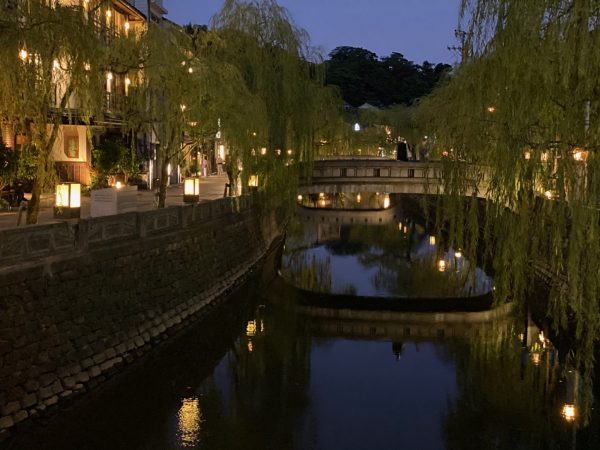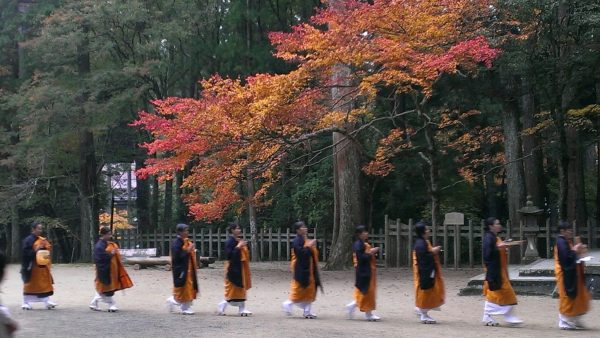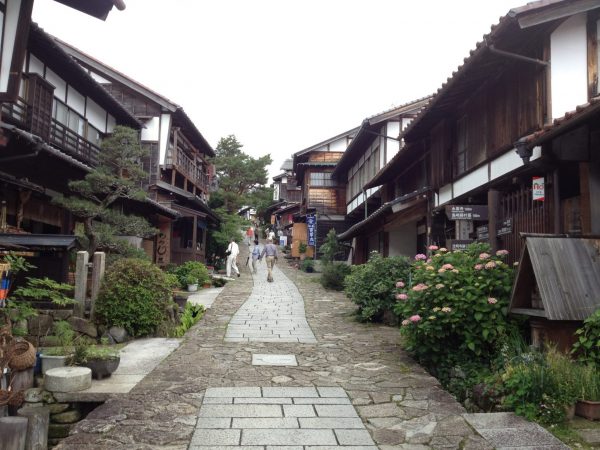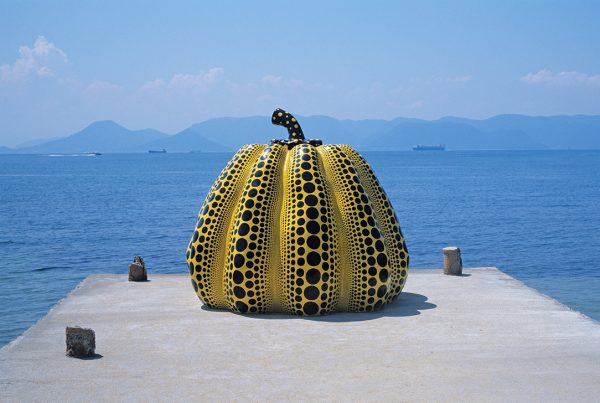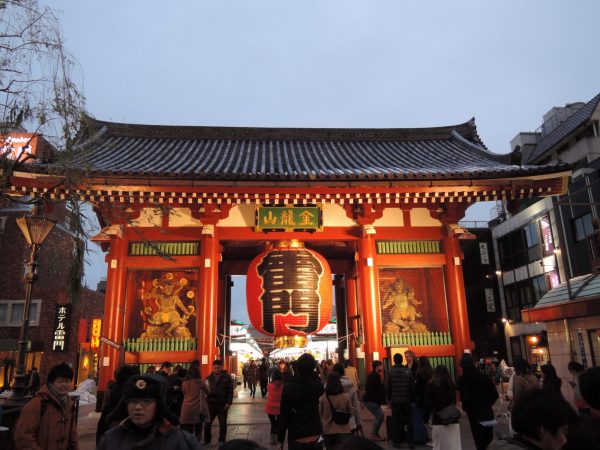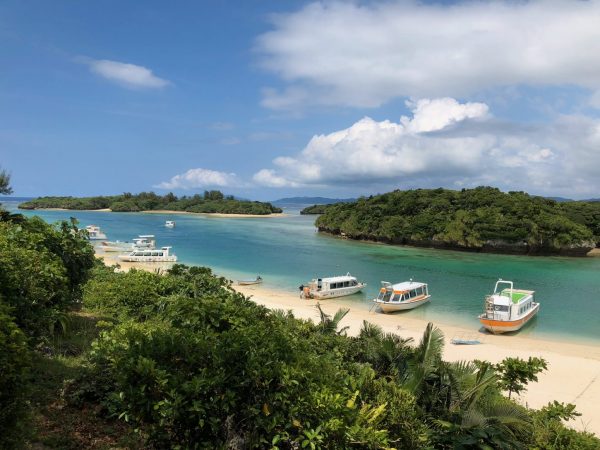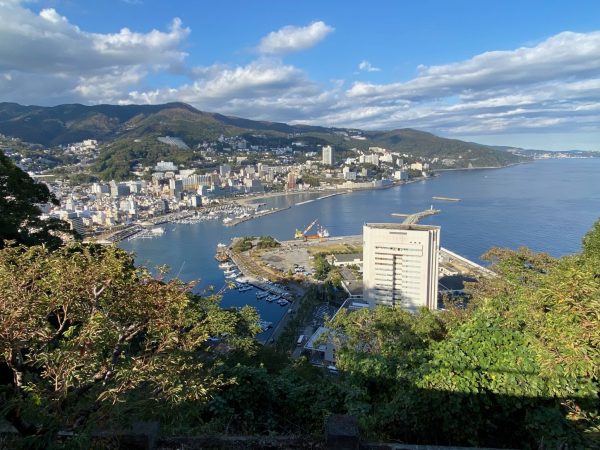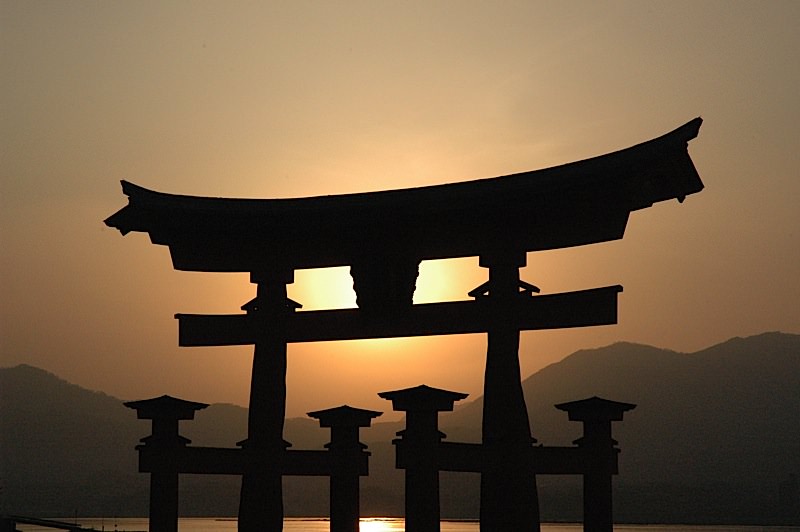For more than 1000 years people from all levels of society have made the difficult pilgrimage along the Kumano Kodo. The walk itself was an integral part of the pilgrimage process as they undertook rigorous religious rites of worship and purification along the way. The goal of the pilgrimage was simple: to visit and pay respects at the Hongu Taisha, Hayatama Taisha and the Nachi Taisha, also known as the Kumano Sanzan. As the origins of the Kumano Pilgrimage were a combination of Buddhism, Shinto, Shinto mythology and nature worshiop, the reasons for performing the pilgrimage were very complex.
The foundations of the pilgrimage were established 1,000 years ago when retired emperors and aristocrats from Kyoto’s Imperial Court started making the 600 mile (800 kilometer) journey in large numbers. Today, walking the ancient Kumano Kodo is an excellent way to experience the unique cultural landscape of Kumano’s spiritual countryside. We will follow in the footsteps of those ancient pilgrims from Kyoto as we trace the history and heritage of the Kumano pilgrimage.
What This Tour Is and Is Not
This tour is not a trekking tour. Instead, it provides a high-level overview of the pilgrimage, including the most important destinations related to the pilgrimage. The tour includes three walks along the most important and famous sections of the pilgrimage. The longest of these is about 7km, or about 5 miles (mostly downhill). (½ of this walk is over pavement, and the other half is dirt trails.) The second walk is about 5 km (3 miles), all paved and flat, but there is a steep stone staircase to Kamikura Shrine. The third walk is only about 3 km (about 2 miles), and on pavement, but there are numerous steps going up for the first half of the walk. The second half is downhill.

